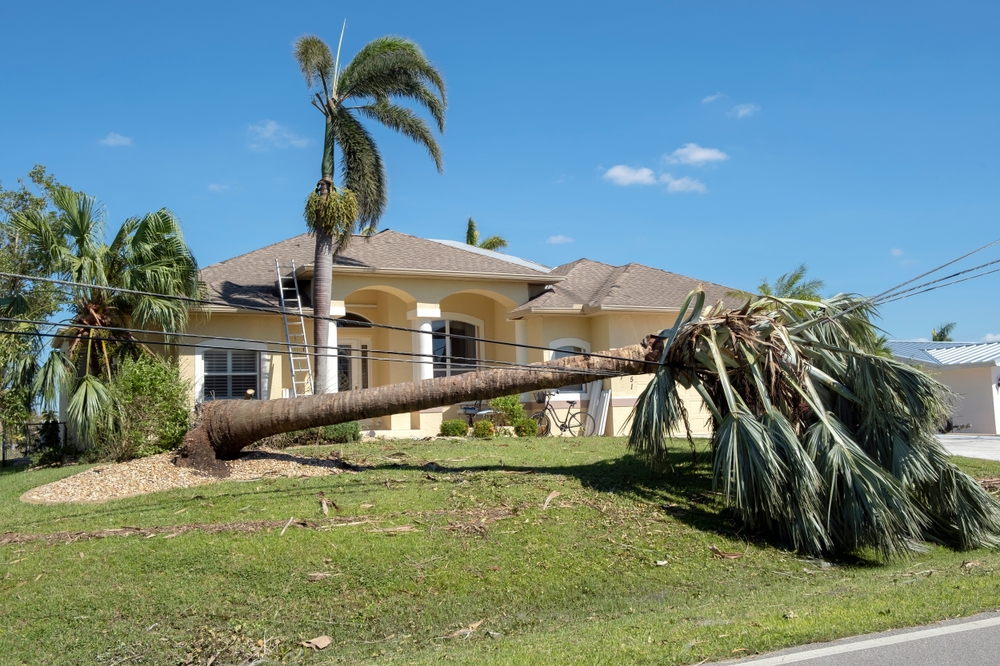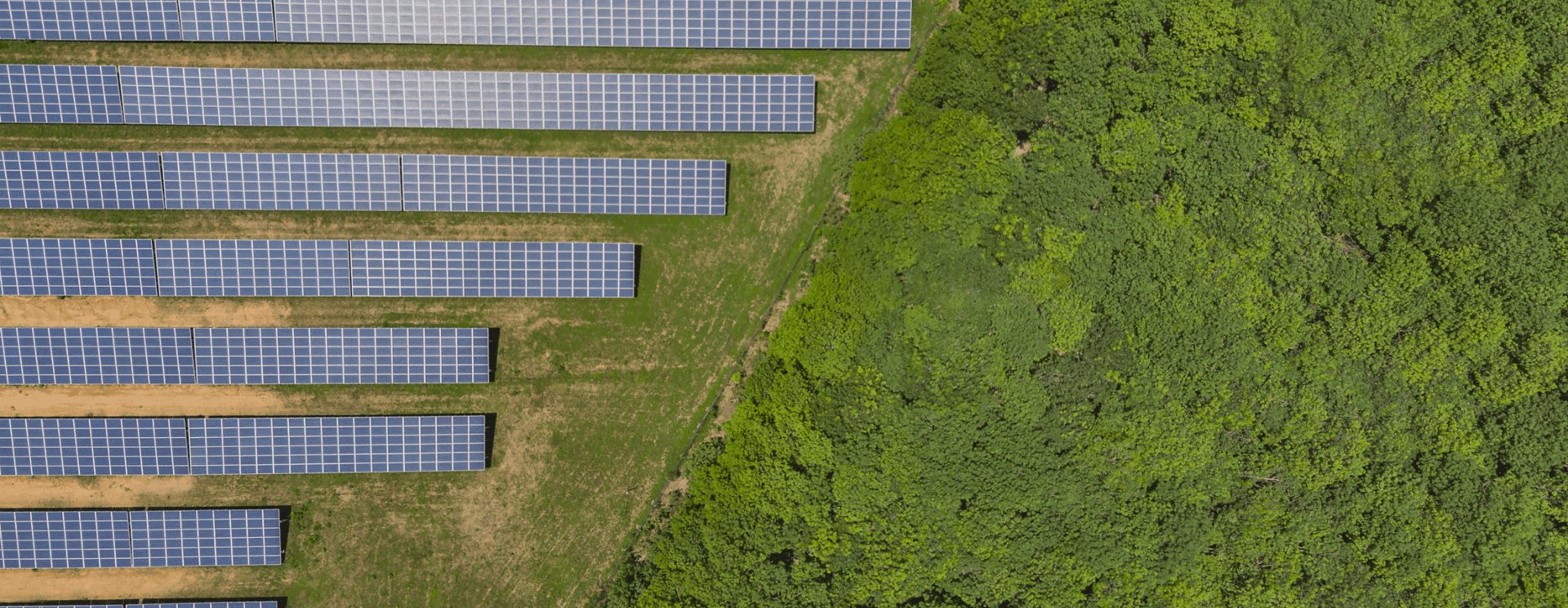What is a Virtual Power Plant?

One of the worst feelings is the dread one feels when the power goes out.
Homes and businesses typically rely on electricity from local power generation plants. For the most part, consumers can reliably power our daily routines and keep life moving smoothly. But it also comes with a massive disadvantage.
When the power goes out, electricity doesn’t go to end users, leaving them in the dark. While crews work feverishly to restore power, home and business owners worry about spoiled food, lost revenue, and boredom.
However, emerging technology supported by electrification is changing how power disruptions impact our lives. These virtual power plants (VPPs) can keep the lights on using power created by our neighbors.
Though they sound complicated, VPPs are the next step toward developing a more dynamic electrical grid.
What is a VPP?
By definition, a virtual power plant is a network of decentralized production and storage units combining to send power to the grid.
But what does that mean in human terms?
“Decentralized production and storage units” are basically all the pieces making up the VPP. These distributed energy sources (DERs) include everything from solar panels and batteries to electric vehicles (EVs) and smart products. If it can create, store, or control electricity, it can be part of a VPP. They also don’t need to originate from a singular location – VPPs can cover small or large areas.
The best part is anyone can join a virtual power plant. Potential VPPs can include residential, commercial, industrial, or community-scale systems, though rooftop solar is the most common DER.
VPP technology has existed for several decades but has taken off dramatically in the last ten years. The Department of Energy estimates that 30-60 GW of VPP grid capacity exists today.
How Does a VPP Work?
Let’s pretend a neighborhood has several rooftop solar systems, EVs, and smart homes. If these systems are part of a virtual power plant, utilities can draw from them during an emergency to power other homes and businesses.
And just like that, a storm rolls through, knocking out a critical power line supplying electricity to several neighborhoods. When power outages or peak demand occurs, the utility activates the VPP. The utility can then remotely “talk” to connected DERs to turn thermostats down, reduce electricity use, and discharge EVs.
Power flows from connected devices to the grid, sending electricity to other impacted neighborhoods. At the same time, energy loads drop, ensuring enough power is available.
NOTE: This ONLY happens if the customer has opted in – VPPs require remote control from outside operators, like utilities.
It might not seem like much, but localizing the grid to specific areas makes it more stable. Utilities can worry less about burning more fuel to send electricity across transmission and distribution lines and focus more on repairs. For end users, VPPs keep the lights on during peak times and emergencies using power supplied by others.
VPPs Are NOT Smart Grids
If you know the phrase, “A square is a rectangle, but a rectangle is not a square,” the VPP/smart grid relationship makes sense.
Think of it like individual states in the nation. For example, Vermont is only one part of the larger United States.
A VPP is a type of smart grid, but it’s only one piece of the larger smart grid infrastructure. Unlike a virtual power plant, smart grids cover the entire electrical grid, utilizing new technology to improve reliability and resiliency.
Smart grids create large-scale two-way networks between operators or utilities and end users. Utilities can optimize electricity output and flow through the network, better incorporate renewable energy, and perform real-time monitoring.
The result is a more dynamic electrical grid that reduces power loss, improves reliability, and saves money.
Why They’re Gaining Steam
Storms are getting worse, making power outages more severe.
In 2023 alone, the U.S. experienced 28 “Billion Dollar” weather events, totaling an eye-popping $95 billion in damages. Weather is also the cause of more than 75% of power outages in the U.S., making it the grid’s number one threat.
At the same time, the push for groundbreaking technology has never been stronger. More things rely on electricity than ever, requiring vast amounts of electricity. But with smarter electronics and power generation systems, we also have more opportunities to share power.
Reducing Risk, One Neighborhood at a Time
Our nation’s electrical grid is showing its age, as many pieces of infrastructure are well over 25 years old.
Because of its age, the grid is more susceptible to damage caused by storms, physical threats, and cyberattacks. Unfortunately, when systems go down, people and communities are at risk.
Communities once relied on central power plants to deliver electricity to neighborhoods, businesses, and other locations. But during outages, those people sat in the dark until power was restored.
Under a VPP, during an outage or demand spike, the utility can remotely call on DERs to discharge power to the grid. Those opting into the program become power plants, drawing on stored energy to electrify those around them.
Long-Term Savings
Beyond grid security, VPPs reduce the number and size of electrical transmission and distribution peaks.
What does that mean for the average person? When peaks occur, it stresses the grid since it has to support more electricity. The strain could lead to problems ranging from blown transformers and substation faults to overheated wires. Fewer peaks mean less threat of overloading the system.
Peaks occur when there’s more demand than usual. To support the higher demand, peaking power plants generate electricity to meet the need. The problem is these power plants are expensive to run. Someone has to pay those costs, and it’s most likely the end user.
VPPs take the pressure off power plants to meet peak demand by discharging electricity from DERs. As a result, the utility spends less money on fuel sources and limits energy loss along power lines. Meanwhile, customers receive steady power while VPP participants earn cash or credits for their electricity.
Best yet, expanding VPP services goes beyond short-term savings. According to the Department of Energy, if the U.S. deploys 80-160 GW of VPPs by 2030, it could save $10 billion in grid costs.
Taking Advantage of Incentives
Like other renewable energy initiatives, there are programs and incentives available for VPPs.
Depending on location, rebates and programs make commercial, industrial, and community-scale solar possible. For example, Maryland’s Distributed Renewable Integration and Vehicle Electrification (DRIVE) Act requires investor-owned utilities to develop programs rewarding DERs and establish incentives.
Utilities and community solar energy operators also have programs to finance and promote VPPs. The Department of Energy has funded various clean energy installations through Title 17, which provides loans for innovative projects.
In other cases, state and local incentives for solar and other renewable projects could be available. And don’t forget to research what incentives stack, as organizations and programs cover different initiatives.
VPPs for Consumers
Consumers participating in virtual power plants and installing DERs add clean energy to the grid. As more clean energy systems come online, we rely less on large-scale power plants and fossil fuels. Over time, this may reduce electricity costs.
Additionally, VPPs ensure homes and businesses have power during an outage, reducing other losses. From allowing small businesses to stay open to preventing food spoilage, small power providers keep everything running smoothly.
As for the bottom line, consumers sending power to the larger grid earn money or credits on their energy bills. Those credits can offset upfront costs related to installing a solar system or battery or buying an EV.
Downsides and Cautions
For everything virtual power plants do well, there are some drawbacks to how the system operates.
Despite owning the power they produce, consumers don’t always have control. When signing up for a VPP, consumers give operators the right to draw energy from DERs when necessary. If that happens, EVs, batteries, solar panels, and smart products connected to the network begin discharging and conserving power.
Operators have also launched programs to pre-enroll consumers, though they can opt out later. Though it’s easy for utilities to enlist homes, businesses, and others into the program, consumers should be well informed. Participants must understand the program’s details, what to expect, and how utilities will compensate them.
Not Enough Participants
Experts believe virtual power plants could help address future energy demands, especially as older plants retire.
Coal use has declined for years, with 4 GW of coal-fire capacity retiring in 2024. Before last year, retirements averaged about 9.8 GW each year for the previous decade. Worse yet, as retirement and deployment schedules fluctuate, we’re looking at a 200 GW gap in peak demand needs.
VPPs could fill the potential gap, but the country must act fast. We need about 80-160 GW of capacity by 2030 to meet rising U.S. demand. The current total is only about 30 GW, far from the low-end goal.
Not a Replacement for Grid Upgrades
Electricity demand is rising rapidly, thanks to more electronics, a growing number of data centers, and a manufacturing renaissance.
The result is a fevered effort to find new ways to generate power for the grid. Unfortunately, the current grid isn’t entirely ready for a wave of innovation. Instead, the design supports older power production methods powered by fossil fuels.
The grid currently can’t reach its full potential because it desperately needs upgrades. Solar projects across the U.S. face massive delays because of red tape and interconnection problems. Other infrastructure has reached its usable lifespan, so we should replace and upgrade it.
Everyone Plays a Part in Clean Energy
Utilities, solar companies, businesses, government, and consumers all stand to benefit from VPPs.
With planning and strong execution, we can cut costs throughout the supply chain. On top of the financial costs, VPPs help improve grid resiliency, leading to fewer power outages. Adding diverse electricity options also gives utilities more access to clean energy, reducing reliance on fossil fuels.
The future is leaning toward cleaner power, but we still have lots to do. It means finding answers for rising demand, aging infrastructure, interconnections, and industry support. But as we check each box, powering our future becomes more possible.


